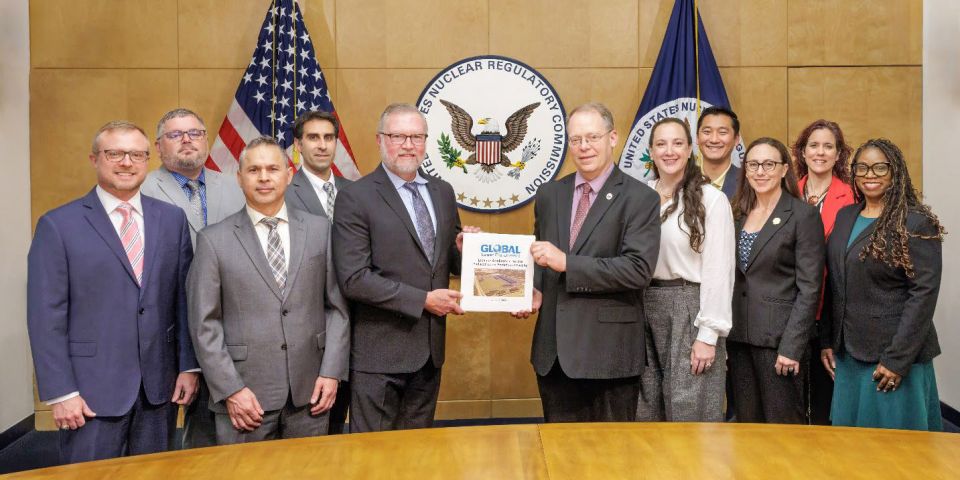NRC draft guidance may complicate patient access to cancer treatment
A Nuclear Regulatory Commission draft regulatory guide—DG-8061, “Release of Patients Administered Radioactive Material”—proposes guidance on the release of patients after a medical procedure involving the administration of radiopharmaceuticals or the implantation of a sealed source. The guidance is intended to help licensees interpret NRC regulations designed to protect the people—family, friends, caregivers, or members of the general public—who may be in proximity to a patient who is discharged after receiving nuclear medicine treatment.









